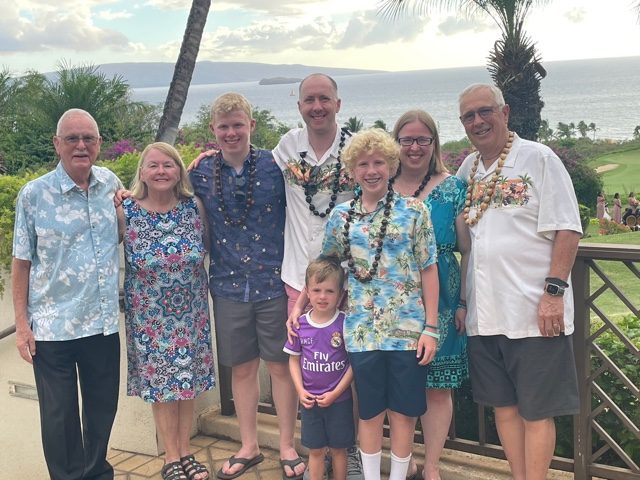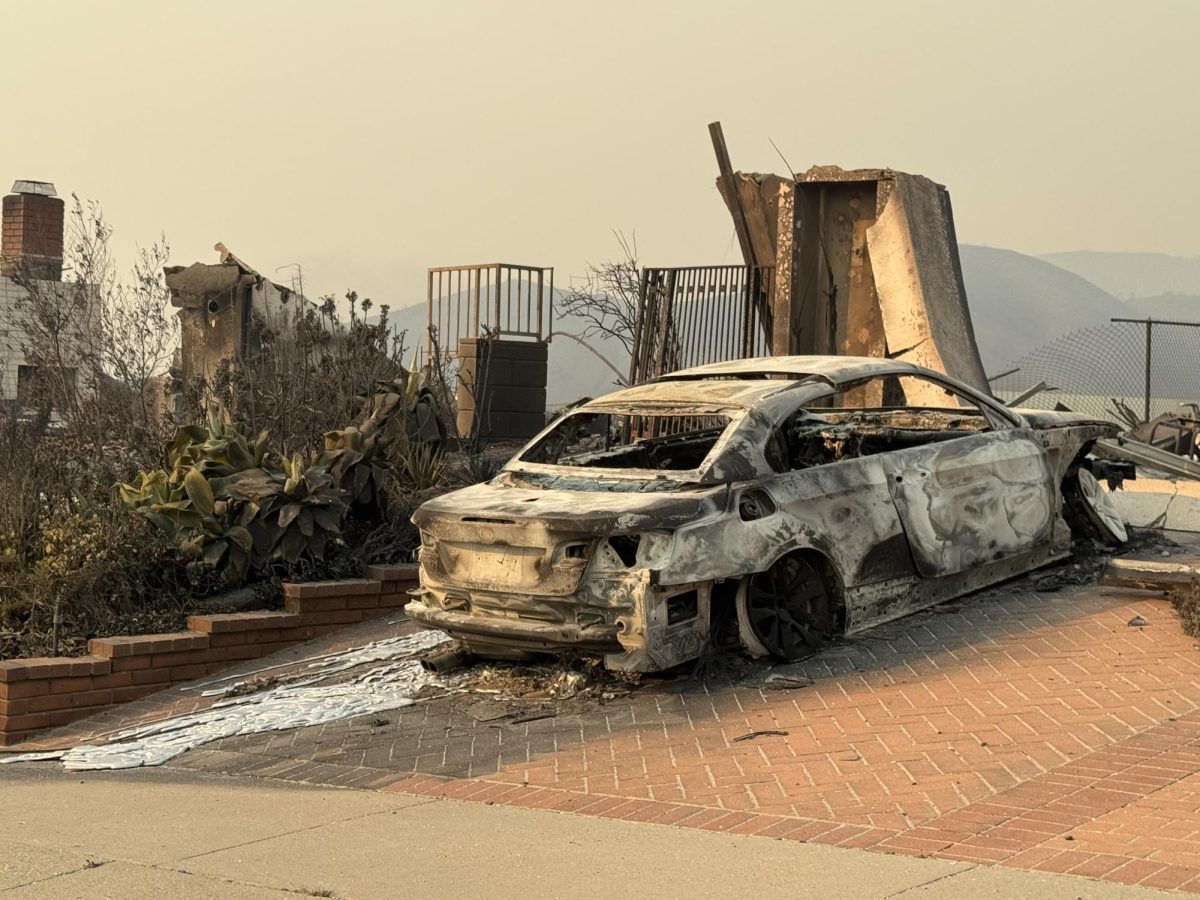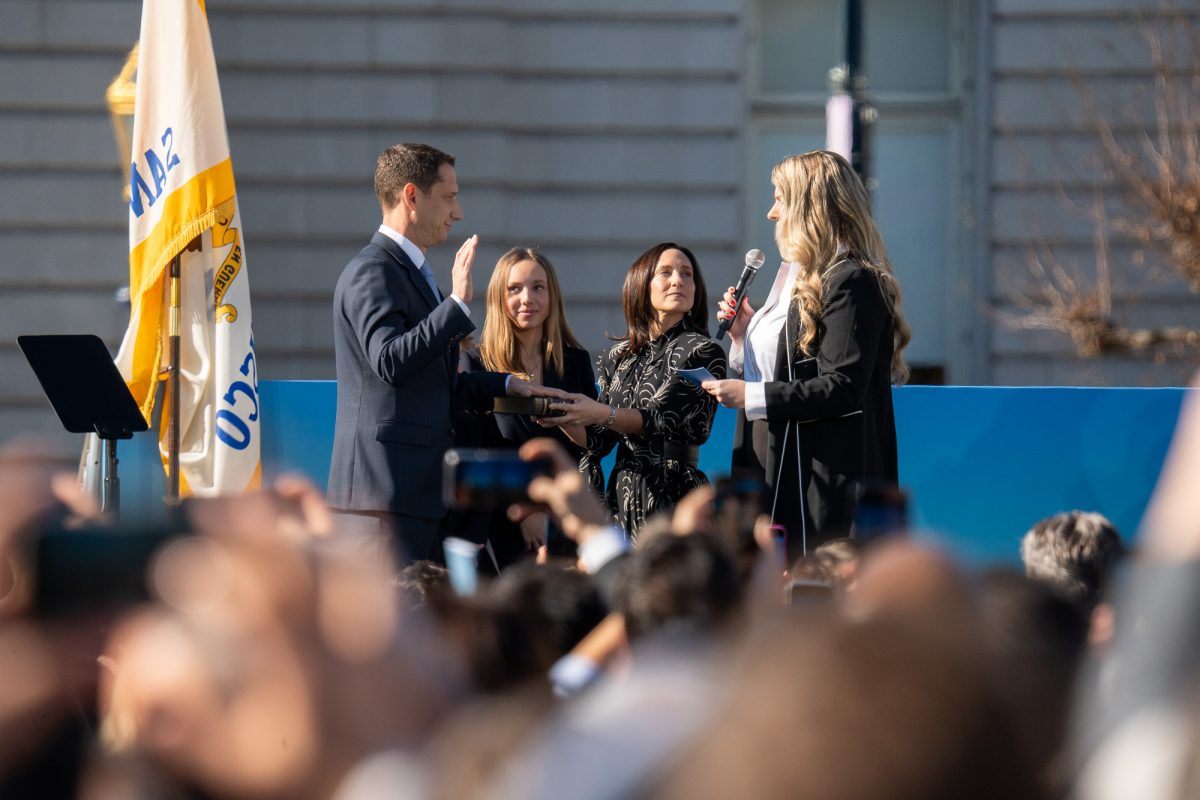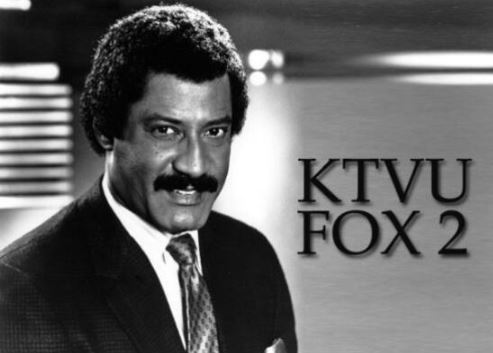On Aug. 8, a wildfire began in Lahaina, Maui from fallen power lines due to unexpectedly strong winds. The deadly wildfire killed an estimated 97 people, with about 150 still missing.
Over the next several weeks, about 340 emergency personnel and 50 canine units searched for bone fragments through the ash and destruction.
About 2,170 acres of land were burned, and an estimated cost of $5.52 billion may be needed to rebuild the island. Preliminary numbers were released on Aug 12, showing that at least 2,200 buildings were destroyed or damaged. About 86 percent of the 2,200 buildings were residential. Consequently, by September, about 6,000 evacuees were staying in Maui hotels, while 1,100 stayed in Airbnb rentals.
There were earlier signs that could have caused fires such as plantations closing and becoming overrun with non-native grasses with low biodiversity. Science teacher and frequent Maui visitor Colleen O’Rourke said that it was similar to stretches of land in California that are suffering from low-rainfall and are at high fire-risk, these lands are dry and dead which are prone to cause fires.
O’Rourke said, “It was very upsetting. Maui has felt like a second home to me so I took all the losses personally, though obviously not as much as those for whom it is their first home and who lost so much more.”
She continued, “I tried to put my pain into action by donating to aid groups on the island and raising awareness of their efforts amongst my social groups. On a more nuanced level, this whole incident has brought to public light the long-standing problems with the tourism industry on the islands, and how sustainable it can be if it continues in the form it exists now.”
Alumnus Dr. Kenneth A. Bianchi ’68 was in Lahaina for a family vacation during the devastating fire. Dr. Bianchi gave his insight on the experience.
“We were awoken to the eerie sounds of explosions, police and fire sirens, and the roar of helicopters overhead. For two and a half days, the town of Lahaina and its surrounding homes and hillsides were under siege. Looking out from our balcony, we could see billowing black smoke and red-orange flames everywhere.”
He shared his time as memorable, unique, and devastating.
Some tourists were unfazed, taking pictures of the destruction, surfing, snorkeling, and sunbathing, while searchers were still trying to identify scattered dead bodies buried in the ash and debris. Seen as offensive to residents who were grieving their devastating losses, hotels stopped accepting bookings as the rooms were reserved for evacuees.
According to The Guardian, resident Trinette Furtado, a volunteer at Maui Rapid Response who grew up in Lahaina, was saddened by the sight of tourists.
“How are we supposed to smile at tourists, let alone serve them, when so many of us still don’t have these basic things like housing?”
Residents were grieving devastating losses as their loved ones are missing and unaccounted for. Sadly, the primary victims of the wildfire were the elderly.
After the fire, without any help from the government, the people of West Maui formed community help on beaches, parks, and parking lots. These local volunteers would give out free resources such as ice cream, children’s toys, diapers, and most importantly, medicine.
On top of that, local businesses are giving their services free of charge to “lift up their spirits.” With the help of the community, Maui slowly makes its strenuous recovery.
O’Rourke reminisced about the last time she was there, as the fire just started.
“As we merged south onto the Lahaina bypass, I could see the fire uphill, chewing through unnaturally-dry countryside, as fire crews moved in to contain it,” she said. “I watched the scene bemusedly, then turned to look out the other window at the green, palm-dotted sprawl of the town of Lahaina receding behind us, safely nestled against the sea.”
She continued, “If I had known that would be the last time I would see it the way it was, I would have stayed longer.”







